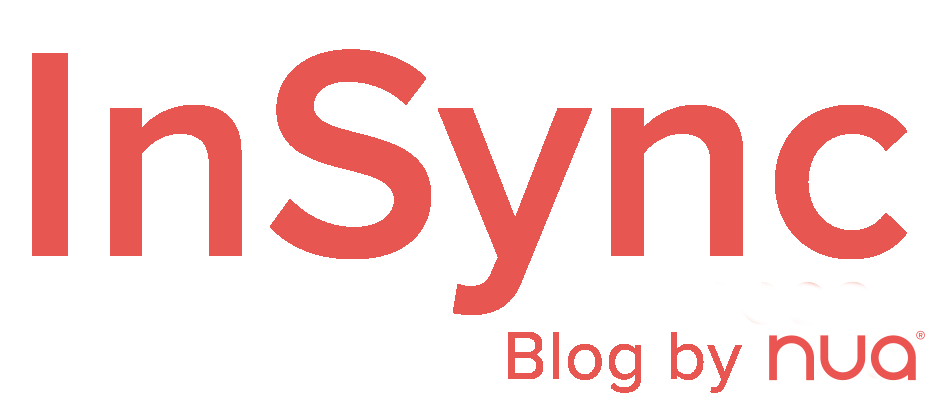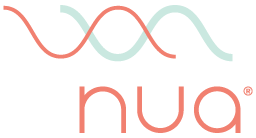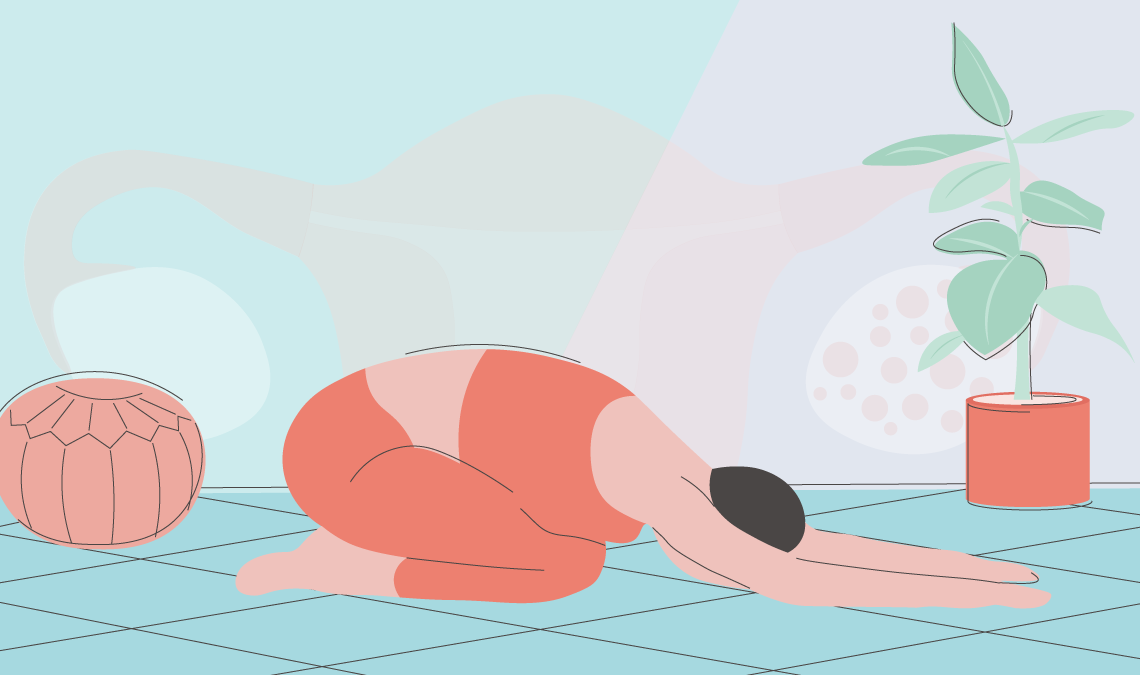PCOD (Polycystic Ovary Disorder), is a common endocrine disorder affecting women of reproductive age. Symptoms include irregular menstrual cycles, hormonal imbalances, and insulin resistance. While medical treatment is crucial, incorporating yoga into daily routines can significantly alleviate symptoms and improve overall well-being. Here are seven asanas particularly beneficial for managing PCOD:
1. Baddha Konasana (Butterfly Pose)
Benefits: This pose enhances blood circulation in the pelvic region, helps in opening up the hips, and reduces menstrual discomfort.
How to Perform:
- Sit with your spine straight and legs extended.
- Bend your knees, bringing your feet together.
- Hold your feet with your hands and gently flap your thighs up and down like butterfly wings.
- Continue this movement for 1-2 minutes, breathing deeply.
2. Supta Baddha Konasana (Reclining Butterfly Pose)
Benefits: This variation of the Butterfly Pose further relaxes the pelvic muscles and reduces stress.
How to Perform:
- Lie on your back with your knees bent.
- Bring the soles of your feet together and let your knees fall apart.
- Place your hands on your belly or extend them outwards.
- Stay in this pose for 5-10 minutes, focusing on deep breathing.
3. Setu Bandhasana (Bridge Pose)
Benefits: This asana strengthens the back muscles, improves hormonal balance, and stimulates the thyroid gland.
How to Perform:
- Lie on your back with your knees bent and feet hip-width apart.
- Place your arms by your sides, palms facing down.
- Lift your hips towards the ceiling, keeping your thighs parallel.
- Hold the pose for 30-60 seconds, then lower your hips back down slowly.
4. Bhujangasana (Cobra Pose)
Benefits: Cobra Pose stretches the abdominal region, improves digestion, and regulates menstrual cycles.
How to Perform:
- Lie on your stomach with your legs extended and palms placed under your shoulders.
- Press your palms into the floor and lift your chest, keeping your elbows slightly bent.
- Hold the pose for 15-30 seconds, then release.
5. Dhanurasana (Bow Pose)
Benefits: This pose stimulates the reproductive organs, enhances circulation, and alleviates stress.
How to Perform:
- Lie on your stomach and bend your knees, bringing your heels towards your buttocks.
- Reach back and grab your ankles with your hands.
- Inhale and lift your chest and thighs off the floor, creating a bow shape with your body.
- Hold for 15-20 seconds, then release.
6. Naukasana (Boat Pose)
Benefits: Naukasana strengthens the abdominal muscles, improves digestion, and helps in reducing belly fat.
How to Perform:
- Lie on your back with your legs extended and arms by your sides.
- Lift your legs, arms, and upper body off the floor simultaneously, balancing on your buttocks.
- Hold the pose for 10-15 seconds, then slowly lower down.
7. Malasana (Garland Pose)
Benefits: This deep squat position opens up the hips, stretches the lower back, and aids in regulating menstrual cycles.
How to Perform:
- Stand with your feet hip-width apart.
- Squat down, bringing your hips close to the floor.
- Keep your heels on the ground and press your elbows against your inner knees, bringing your palms together in a prayer position.
- Hold the pose for 30-60 seconds, breathing deeply.
Conclusion
Incorporating these seven yoga asanas into your daily routine can help manage the symptoms of PCOD, promoting physical and mental well-being. On this International Yoga Day, embrace the ancient practice of yoga to foster a healthier lifestyle and address the challenges posed by PCOD. Always consult with a healthcare professional before starting any new exercise regimen, especially if you have existing health conditions. Celebrate the power of yoga and experience its transformative effects on your health!



